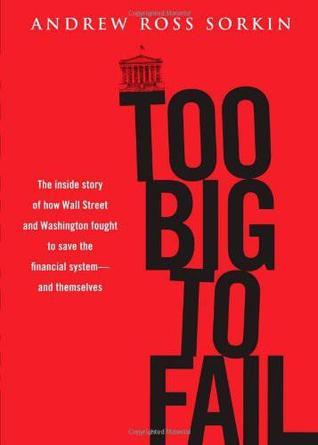More on this book
Community
Kindle Notes & Highlights
Read between
March 20 - April 9, 2015
Charles Mackay called “Extraordinary Popular Delusions and the Madness of Crowds.”
he understood the risks associated with cheap credit and borrowing money to increase the wallop of your bet—what is known on the Street as “leverage.” But, like everyone else on Wall Street, he couldn’t pass up the opportunities.
“First, do no harm!” they’d say, quoting Hippocrates’ Epidemics.
“Illegitimi non carborundum—Don’t let the bastards get you down.”
Timothy 1:7—“For God
Looming over them was a portrait of Alexander Hamilton, a copy of a portrait painted in 1792, when the young nation endured its first financial panic. A Treasury associate, William Duer, who also happened to be a personal friend of Hamilton’s, had used inside information to build up a huge position in government securities. When bond prices slid, Duer could not cover his debts, setting off a panic. Hamilton decided against bailing out his friend but did direct the Treasury to buy government securities, steadying the market—a long-forgotten but potentially instructive model of government
...more
Sidney Weinberg, who became a Goldman partner in 1927, represented the epitome of the old Wall Street, a business that had been defined by personal relationships and implicit trust, not leverage and ever more complicated financial engineering.
ever-circumspect
“If I’m buying the horse, I’m buying the jockey, too.”
ego is still very much a central part of the Wall Street machine.


